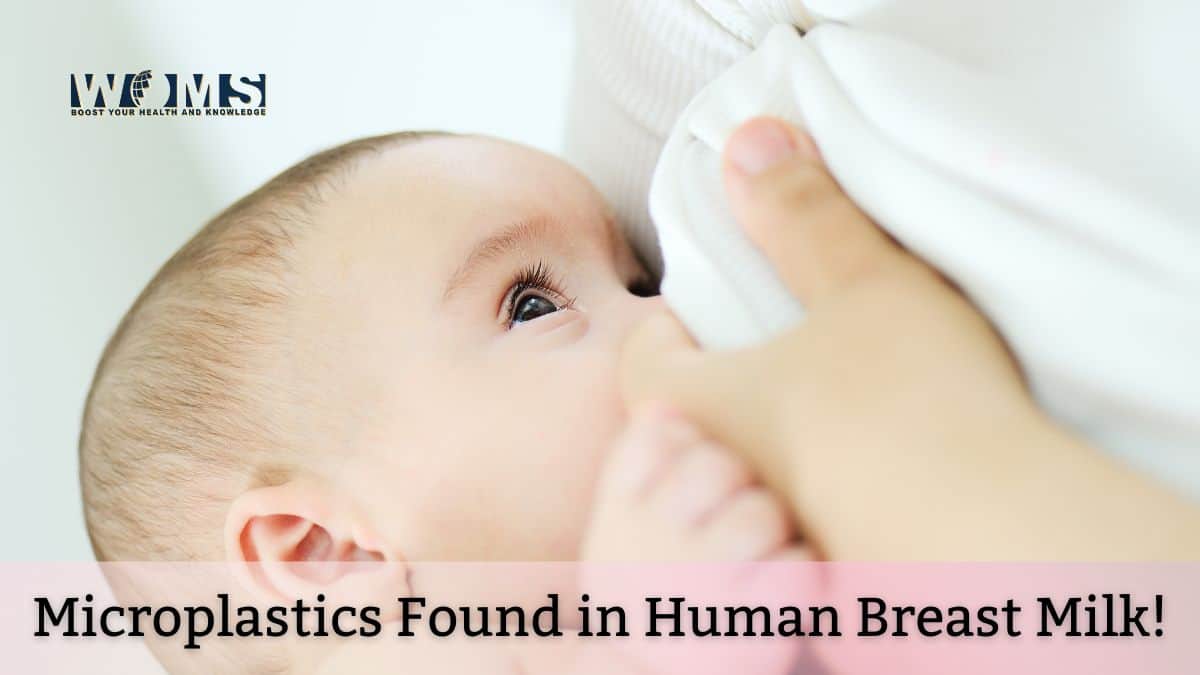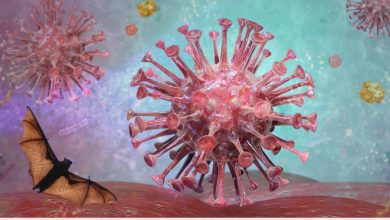Microplastics Found in Human Breast Milk for the First Time

Microplastics are very harmful to human beings. For the very first time, researchers found microplastics in human breast milk. Researchers took 34 samples of human breast milk just a week after giving birth. They detected microplastics in 75% or 26 of the samples. Moreover, they showed too many concerns about the potential side effects of microplastics on infants. There are several types of research done about the toxic effects of microplastics on human cell lines, marine wildlife, and animal models.
Microplastics or plastics are harmful because of their key substances as phthalates. In addition, this substance was previously found in breast milk. Researchers highlight this matter as a matter of concern. Our food items, beverages, and personal care products may contain plastic-like products. Breastfeeding mothers consume these products on a daily basis. These chemical products may transfer from mothers to infants through breast milk. Moreover, these microplastics may exert serious side effects on the health of infants.
The scientists also recorded the details of their dietary products or seafood packed in plastic packages. But, they found no such clear evidence regarding the source of microplastics in human breast milk. Moreover, researchers also stated the fact that it is quite impossible to avoid human exposure to plastics because of microplastics in the environment. For this reason, it is quite difficult to reach the ultimate source of microplastics.
What were the common microplastics previously found in the human body?
Previous studies related to microplastics also explained the presence of microplastics in the human body. They find out the presence of polyethylene terephthalate in 50 percent of the samples. It was the commonest microplastic present in human blood. The second most common microplastic was polystyrene, 36 percent of blood samples.
How can these microplastics affect newborns?
Unfortunately, microplastics are a part of our environment. They can cause serious health issues. But, there is little research related to the health effects of microplastics on human health. Microplastics are hazardous in every effect. They can play the role of an irritant for the lungs. Moreover, these microplastics can cause inflammation of the lungs, leading to cancer. In addition, these microplastics are vector agents for microorganisms and toxic chemicals to pose additional side effects.
Microplastics can also cause a metabolic disturbance, inducing neurotoxicity and multiple carcinogenic effects. Moreover, these microplastics can also cause endocrine disruptors, interfering with hormones and causing abnormal weight gain. These are some general side effects of microplastics. Besides these, microplastics like flame retardants can hinder fetal brain development. In this way, these microplastics can interfere with normal brain development.
How can we avoid microplastics to inhale or ingest?
Microplastics are present almost everywhere. You cannot resist the presence of these microplastics in the environment. But there are some easy ways to avoid the intake of these microplastics. These are as follows:
- Try to use such fabrics that are organic and made up of eco-friendly materials like cotton, silk, wool, etc. The microfibers produced from these fabrics are usually synthetic and tangled. Therefore, these are not readily dropped in the environment.
- Change your laundry method by air drying your clothes with less water for every turn.
- Avoid single-use plastics like plastic bags or disposables etc.
- Go for plastic-free cosmetics. The plastic-free cosmetics do not contain polyethylene (PE), polypropylene (PP), polyethylene Terephthalate (PET, PETE), polymethyl methacrylate (PMMA), and nylon.
- Avoid using shellfish. As shellfish may ingest microplastics, and transfer them to human beings.
- Use public transport because car tires are made of plastic and deliver microplastics when you drive.
- Do not use a microwave to heat your food in plastic.
- Regularly do vacuuming and dusting.
- Support eco-friendly policies.
Conclusion
For the first time, scientists explored the presence of microplastics in human breast milk. Though microplastics are everywhere, the presence of microplastics in breast milk is quite alarming. It indicates that these microplastics can cross the barriers to getting transferred into breast milk. Infants taking breast milk are on high alert regarding the potential health effects of microplastics. In addition, the human brain completes its growth in up to 7 years. These microplastics can interfere with the developmental period of the brain.
Besides these, there are several other effects related to the ingestion of microplastics. It is quite difficult to reach the pinpoint source of microplastics because of their diverse presence in the environment. We can only avoid using plastics to prevent the spread of these microplastics in the environment. It is a high need to divert your habits towards eco-friendly materials to save the environment.
Also Check: What Does Breast Milk Taste Like?
Frequently asked questions (FAQs)
Are microplastics harmful to infants?
Microplastics contain plastic and a variety of toxic substances, including phthalates and metals. These substances are harmful to infants in a variety of ways. In addition, these substances can affect the immune system and also affect the developmental phases of the brain.
Do infants born with microplastics?
There is research related to the evidence of plastics connected with the placenta. Placenta has the capability to absorb nano plastics during the pregnancy period. So, for these reasons, microplastics may be present in newborn infa




